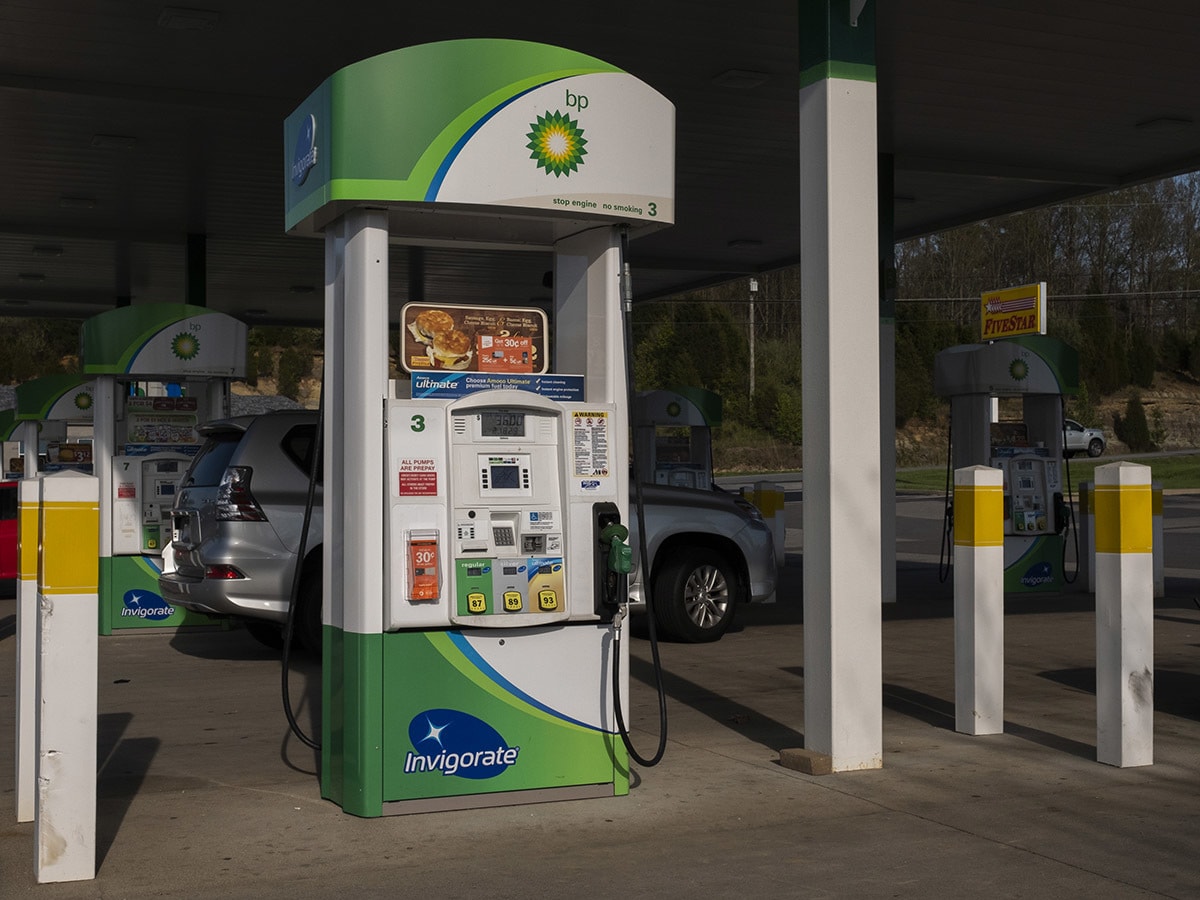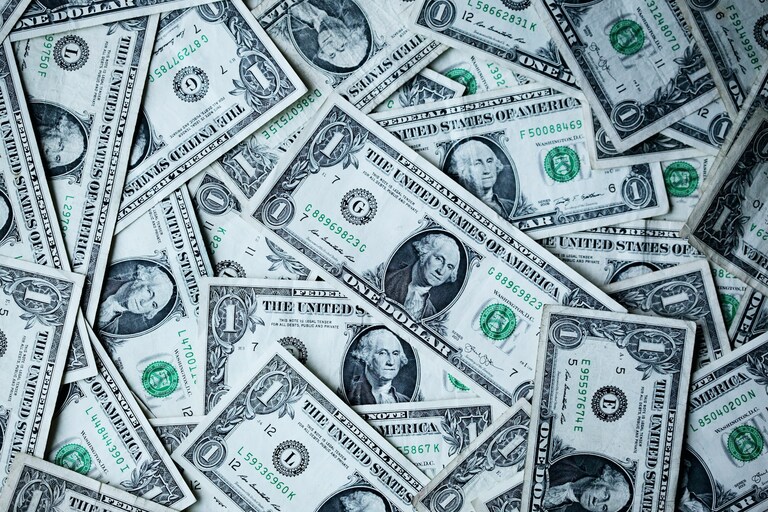BP this morning posted its highest quarterly profit since 2008, as second-quarter underlying replacement cost profits came in at $8.45bn, beating expectations for $6.73bn and tripling the year-ago figure of $2.8bn.
This better-than-expected performance helped lift the BP share price 4.5% in early trading this morning, as the stock climbed to 409.93p as of 8:30am.
Bumper profit fuels dividend, share buyback
Profit attributable to shareholders in Q2 was $9.3bn, equating to a half-year loss of $11.1bn after the Rosneft impairment is taken into account.
Nonetheless, the sizeable beat sees BP follow in Shell’s footsteps in announcing shareholder payouts. BP increased its dividend by 10% to $0.06 a share and pledged to buy back $3.5bn of shares in Q3, in keeping with chief executive Bernard Looney's committment to buy back at least $1bn of shares a quarter while oil prices remain above $60 a barrel, and to increase the dividend by 4% a year until 2025.
Outperformance was driven by oil production and operations – where adjusted profit before tax and interest rose to $5.9bn, up from $4.6bn in Q1 – and the gas and low-carbon energy division, which brought in profits of $3.1bn, down from $3.6bn Q1. These sums illustrate the importance of these areas of the business in terms of cashflow.
Net debt fell to $22.8bn, down from $27.5bn at the end of Q1 and a considerable decrease from over $50bn just a couple of years ago. In pure gearing terms, though, BP's debt levels are still quite high relative to those of its peers.
BP maintains spending target
Despite better-than-expected returns in Q2, BP said it is sticking to its capex target of $14bn to $15bn for this year. Around $5bn of that will be invested in low-carbon energy. So far this year, the company has spent $5.8bn, of which $2.8bn was spent in Q2.
In Q2, $681m was spent on gas and $142m went in to low-carbon energy – bringing quarterly spending in these areas to $823m. Looking at low-carbon energy in isolation, BP spent $361m on this area in the first six months of the year.
This highlights the relatively small amounts that the company is investing in renewables, relative to oil and gas outlays. While this is likely to draw criticism, it also reflects the challenges that the fossil fuel sector faces as it transitions away from the currently more lucrative business of oil and gas production. BP still says it expects energy transition spending to increase to around 40% by 2025.
BP will pay the UK government's targeted energy profits levy, or windfall tax, of 25% on top of the 40% headline tax rate that the main oil and gas companies already pay on their UK profits. This saw BP set aside a one-off $800m tax charge for Q3.
BP shares up more than 15% year to date
This morning's Q2 results have given BP's shares a lift, with the stock up more than 4% in early trading. After the company reported its Q1 numbers back in May, the BP share price soared to a two-year high in June as oil prices reached a short-term peak. But then the shares fell by around a fifth in July following the imposition of the windfall tax.
Growth in profits and improving margins have clearly benefited BP, which has experienced various challenges and absorbed losses since the Gulf of Mexico oil spill in 2010 – an environmental disaster which it is still paying for.
More recently, the company has been affected by Russia's war against Ukraine. As part of BP’s exit from Russia, the company wrote down $29bn in late February as it divested its stake in Russian oil giant Rosneft. That pushed the company into a loss of $20bn for Q1.
Putting the write-down to one side, the business performed well in Q1 as underlying profits rose to $6.25bn, up from $2.63bn a year earlier. Today's Q2 results have continued the theme of profit growth.
Disclaimer: CMC Markets is an execution-only service provider. The material (whether or not it states any opinions) is for general information purposes only, and does not take into account your personal circumstances or objectives. Nothing in this material is (or should be considered to be) financial, investment or other advice on which reliance should be placed. No opinion given in the material constitutes a recommendation by CMC Markets or the author that any particular investment, security, transaction or investment strategy is suitable for any specific person. The material has not been prepared in accordance with legal requirements designed to promote the independence of investment research. Although we are not specifically prevented from dealing before providing this material, we do not seek to take advantage of the material prior to its dissemination.






